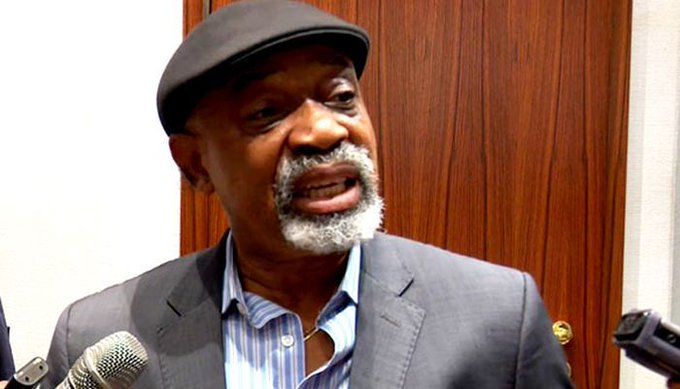Economy
Labour ministry disagrees with NBS 33% unemployment data

The Ministry of Labour has faulted the accuracy of the unemployment data generated by the National Bureau of Statistics (NBS).
Nigeria’s Minister of Labour and Employment, Chris Ngige made the claim on Wednesday while receiving the leadership of the Chartered Institute of Personnel Management (CIPM) in his office.
Mr Ngige said the methodology used by the NBS to gather and analyse data was not in line with the global standard of arriving at such employment index.
He said, “We have a virtual meeting of the National Economic Advisory Council with the World Bank to look at Nigeria’s modalities for employment statistics data collection.
“There has been a little confusion there as to the accuracy of data generated by the NBS. So, we want to align everything tomorrow. The World Bank says the NBS methodology doesn’t conform with the global standard, especially the ILO format of arriving at such Employment Index.”
The NBS had in a report published on March 15, 2021 disclosed that the number of unemployed people in Nigeria had increased by 1.4 million in six months.
According to the report, a total of 2,318,389 million Nigerians are willing to work but cannot find work as of December 2020.
The Labour Force Statistics report published by the agency revealed that the unemployment rate jumped from 27.1% in Q2 2020 to 33.3% in Q4 2020.
During the period, while the underemployment rate decreased from 28.6 per cent to 22.8 per cent, a combination of both the unemployment and underemployment rate for the reference period gave a figure of 56.1 per cent.
” In the case of unemployment by state, Imo State recorded the highest rate of unemployment with 56.64%. This was followed by Adamawa with 54.89% and Cross River State with 53.65%.
The States with the lowest rates were Osun, Benue and Zamfara States with 11.65%, 11.98% and 12.99% respectively. In the case of underemployment, Benue State recorded the highest rate with 43.52%, followed by Zamfara and Jigawa States with 41.73% and 41.29% respectively,” the report said.




